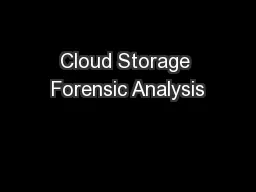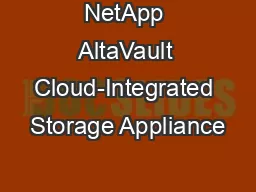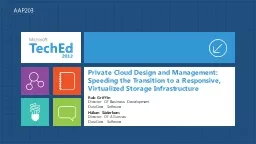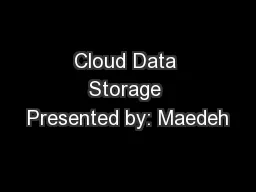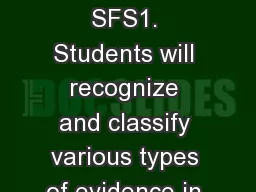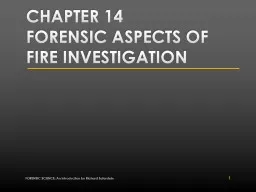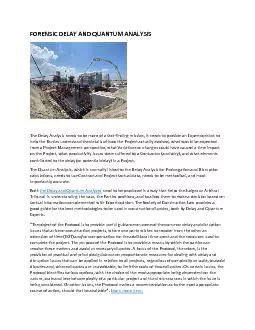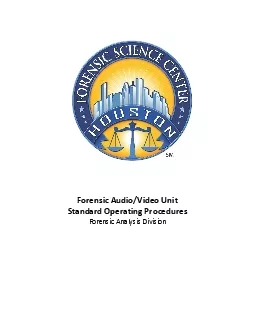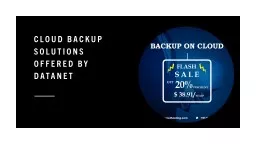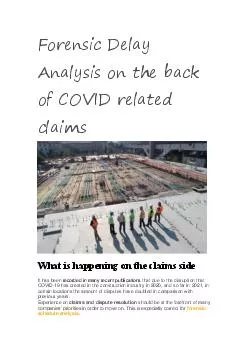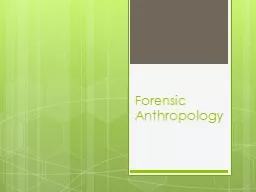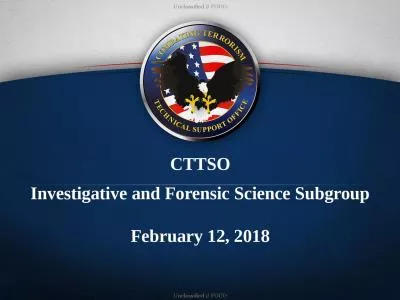PPT-Cloud Storage Forensic Analysis
Author : debby-jeon | Published Date : 2018-12-05
Darren Quick quidp003mymailunisaeduau Supervisor Dr KimKwang Raymond Choo 0 1 0 1 1 1 Introduction 2 Literature Review 3 Research Method 4 Digital Forensic
Presentation Embed Code
Download Presentation
Download Presentation The PPT/PDF document "Cloud Storage Forensic Analysis" is the property of its rightful owner. Permission is granted to download and print the materials on this website for personal, non-commercial use only, and to display it on your personal computer provided you do not modify the materials and that you retain all copyright notices contained in the materials. By downloading content from our website, you accept the terms of this agreement.
Cloud Storage Forensic Analysis: Transcript
Download Rules Of Document
"Cloud Storage Forensic Analysis"The content belongs to its owner. You may download and print it for personal use, without modification, and keep all copyright notices. By downloading, you agree to these terms.
Related Documents

